Pabellón de la Reserva and its sustainable architecture nod to its natural setting
Pabellón de la Reserva by architecture studio Hemaa offers an idyllic countryside getaway, a stone's throw from Mexico City
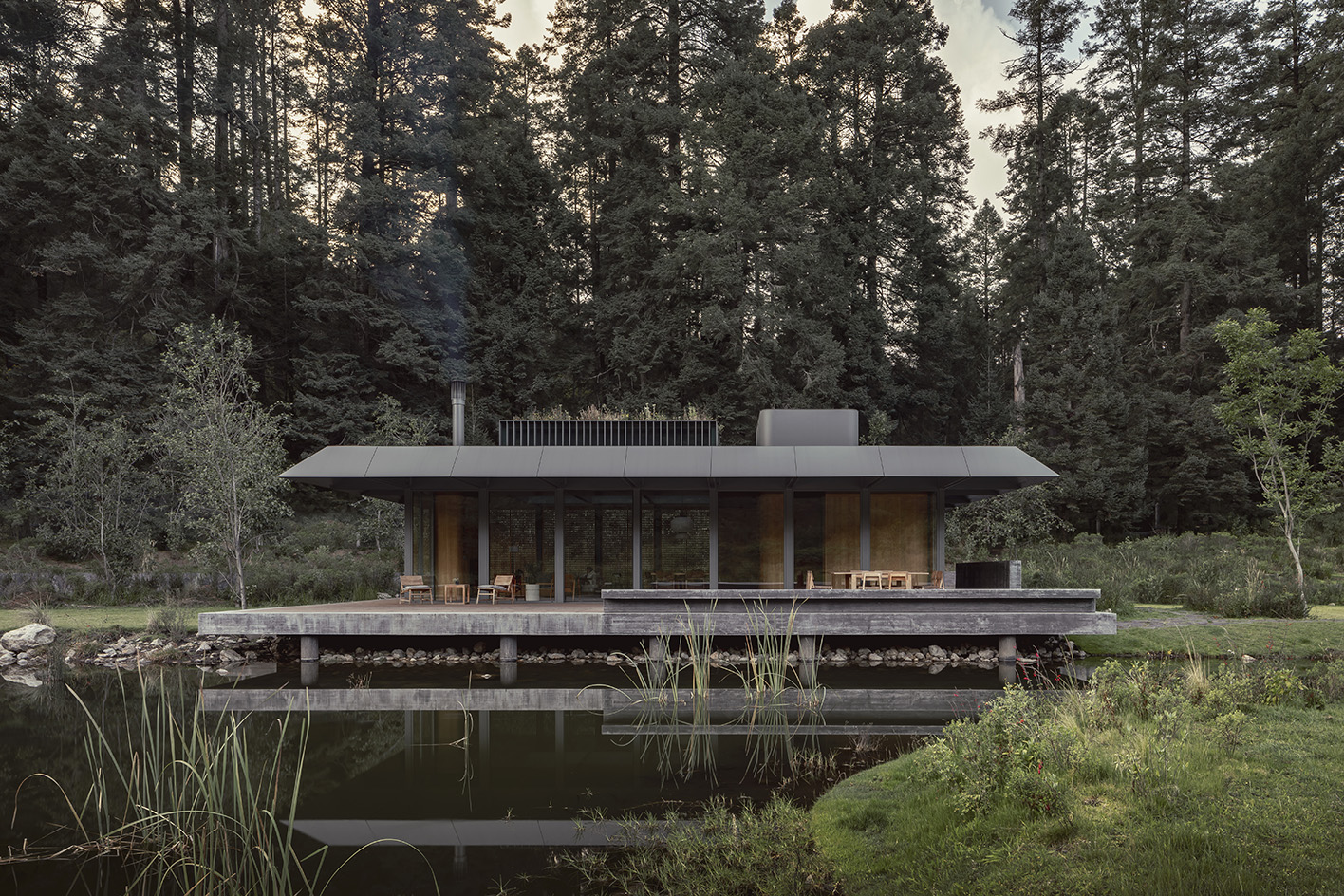
Set over misty waters next to thick foliage, Pabellón de la Reserva is a light and open retreat, designed for its users to take in the striking nature of Reserva Santa Fe – a green, private residential complex, a stone's throw from the bustling heart of Mexico City. This elegant piece of pavilion architecture is created by dynamic Mexican architecture practice Hemaa, headed by Alejandra Tornel, José Miguel Fainsod, and Santiago Hernández Matos.

Pabellón de la Reserva: a balance of nature and architecture
The structure was designed to place its context at its heart, offering swathes of glazing, open-plan interiors and lush outdoor areas that allow the residents to feel at one with the surrounding landscape.

Set as it is within a cold and humid climate, beside a small lake, and dense forestation, it was 'imperative' for the architects 'to conceive an architectural design that could authentically echo the character of its natural environment'.

The result is a low, linear, seemingly simple building, defined by a lightweight nature, and a long roof overhang created by pronounced eaves in an ash-green hue. The seamless cladding of the rooftop helps craft a gentle, flowing overall appearance.

In order to ensure that the new architecture blends organically with the existing nature, the architects combined passive climate control strategies (such as strategic openings for ventilation and shading) and new technologies (including solar panels, an urban rooftop garden and rainwater capture systems), to support a sustainable architecture approach.
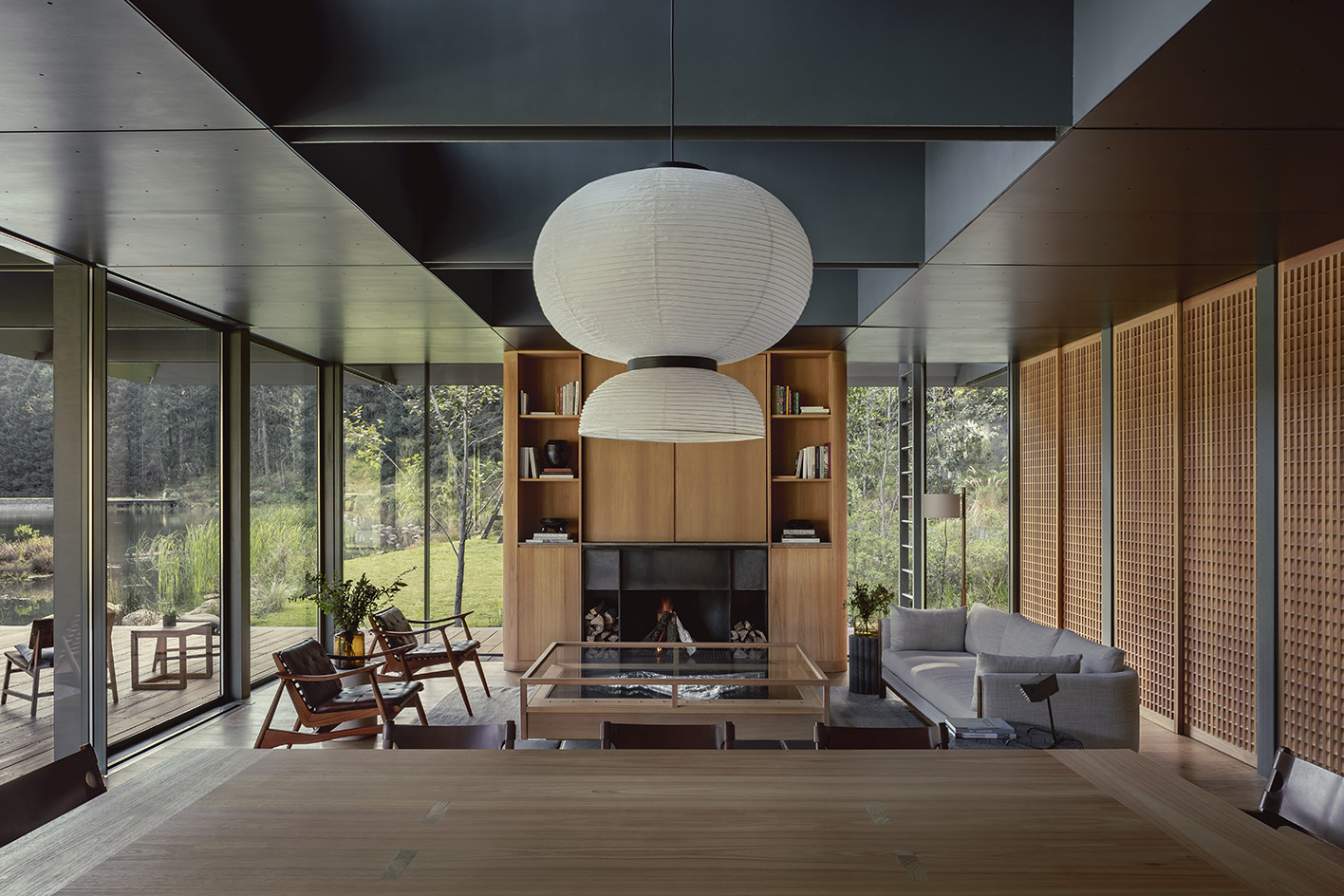
The use of locally sourced materials was also favoured. This resulted in a remarkable 67.66 per cent of the construction materials being procured from sources within a 500km radius – while all wooden elements were produced on-site or sourced from Forest Stewardship Council (FSC) certified suppliers.
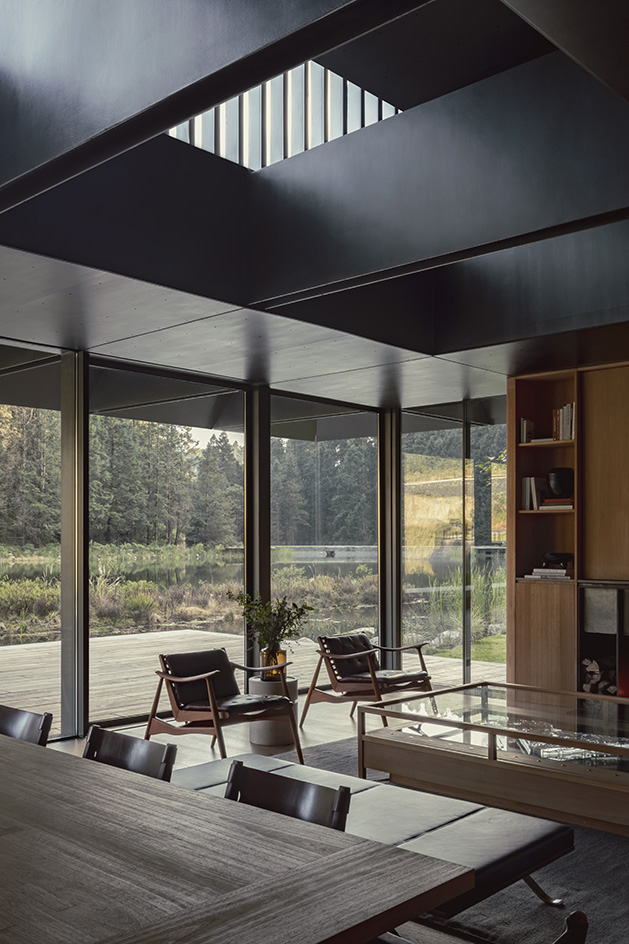
‘Pabellon de la Reserva represents an initial exploration, inviting users to embark on a transformative journey of experiential discovery – a testament to the possibilities and aspirations encapsulated within a living, regenerative building,’ the architects write in their project statement.
Receive our daily digest of inspiration, escapism and design stories from around the world direct to your inbox.

‘It beckons individuals to immerse themselves in a realm where the boundaries between the built and natural environment blur, ultimately reshaping their understanding of what it truly means to inhabit and engage with the spaces we inhabit.’
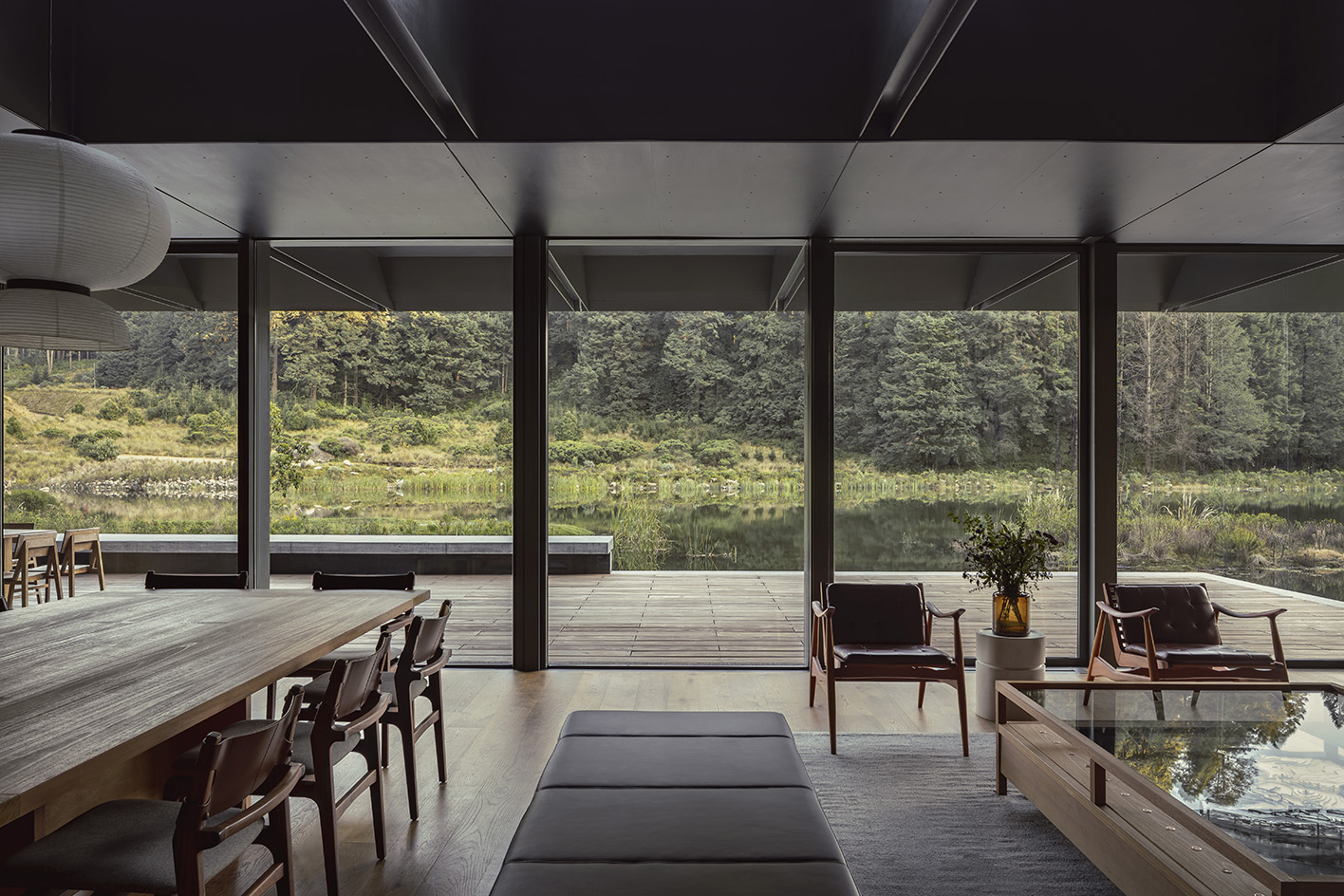
Ellie Stathaki is the Architecture & Environment Director at Wallpaper*. She trained as an architect at the Aristotle University of Thessaloniki in Greece and studied architectural history at the Bartlett in London. Now an established journalist, she has been a member of the Wallpaper* team since 2006, visiting buildings across the globe and interviewing leading architects such as Tadao Ando and Rem Koolhaas. Ellie has also taken part in judging panels, moderated events, curated shows and contributed in books, such as The Contemporary House (Thames & Hudson, 2018), Glenn Sestig Architecture Diary (2020) and House London (2022).
-
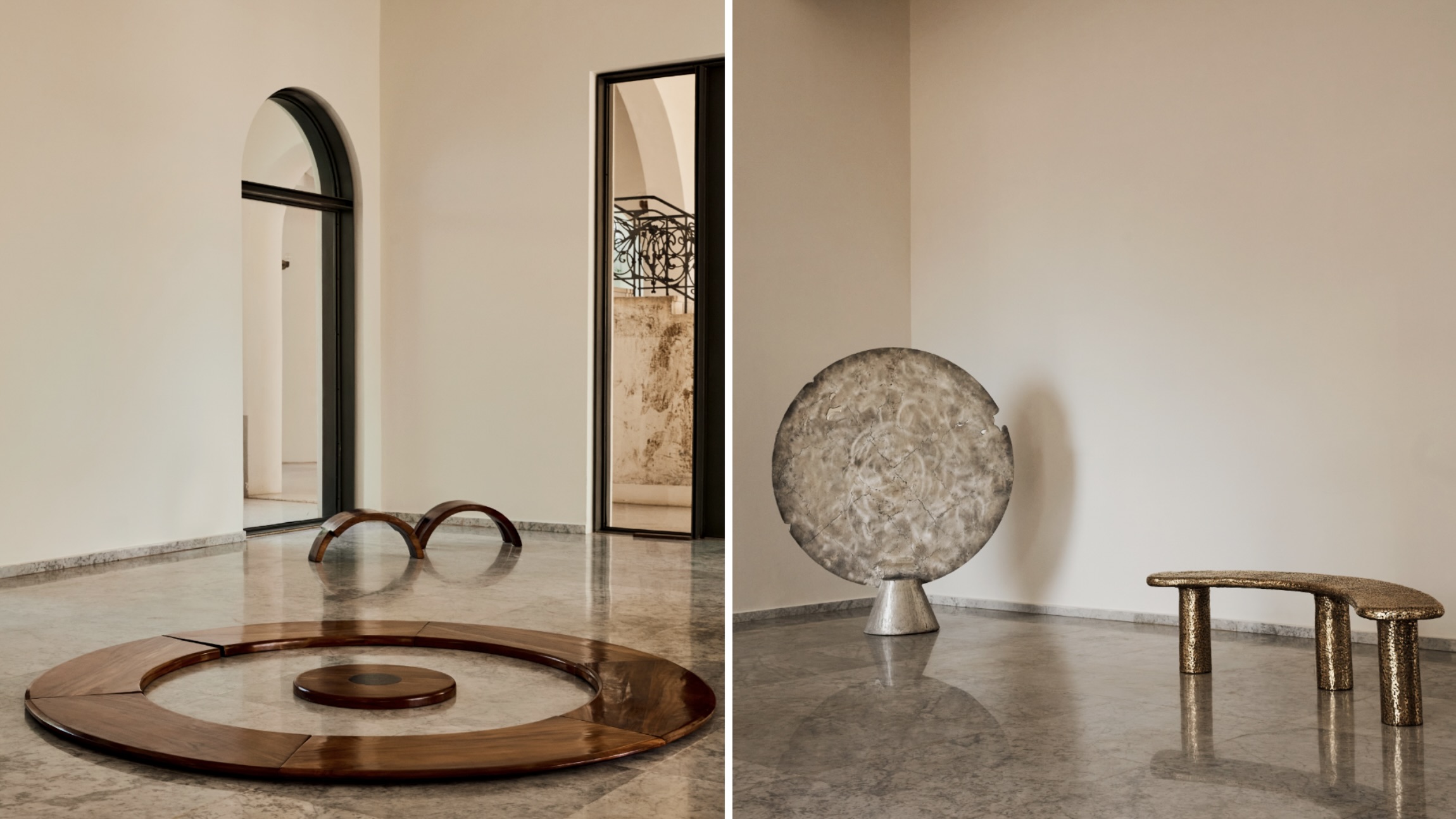 Togo's Palais de Lomé stages a sweeping new survey of West African design
Togo's Palais de Lomé stages a sweeping new survey of West African design'Design in West Africa' in Lomé, Togo (on view until 15 March 2026), brings together contemporary designers and artisans whose work bridges tradition and experimentation
-
 Vigilante’s 1979 Jeep Wagoneer features luxury trim, modern muscle and elevated styling
Vigilante’s 1979 Jeep Wagoneer features luxury trim, modern muscle and elevated stylingTexan restomod master Vigilante has created a new take on the classic Jeep Wagoneer, transforming the 1970s family SUV into a sleek, architectural powerhouse
-
 Australian studio Cordon Salon takes an anthropological approach to design
Australian studio Cordon Salon takes an anthropological approach to designWallpaper* Future Icons: hailing from Australia, Cordon Salon is a studio that doesn't fit in a tight definition, working across genres, techniques and materials while exploring the possible futures of craft
-
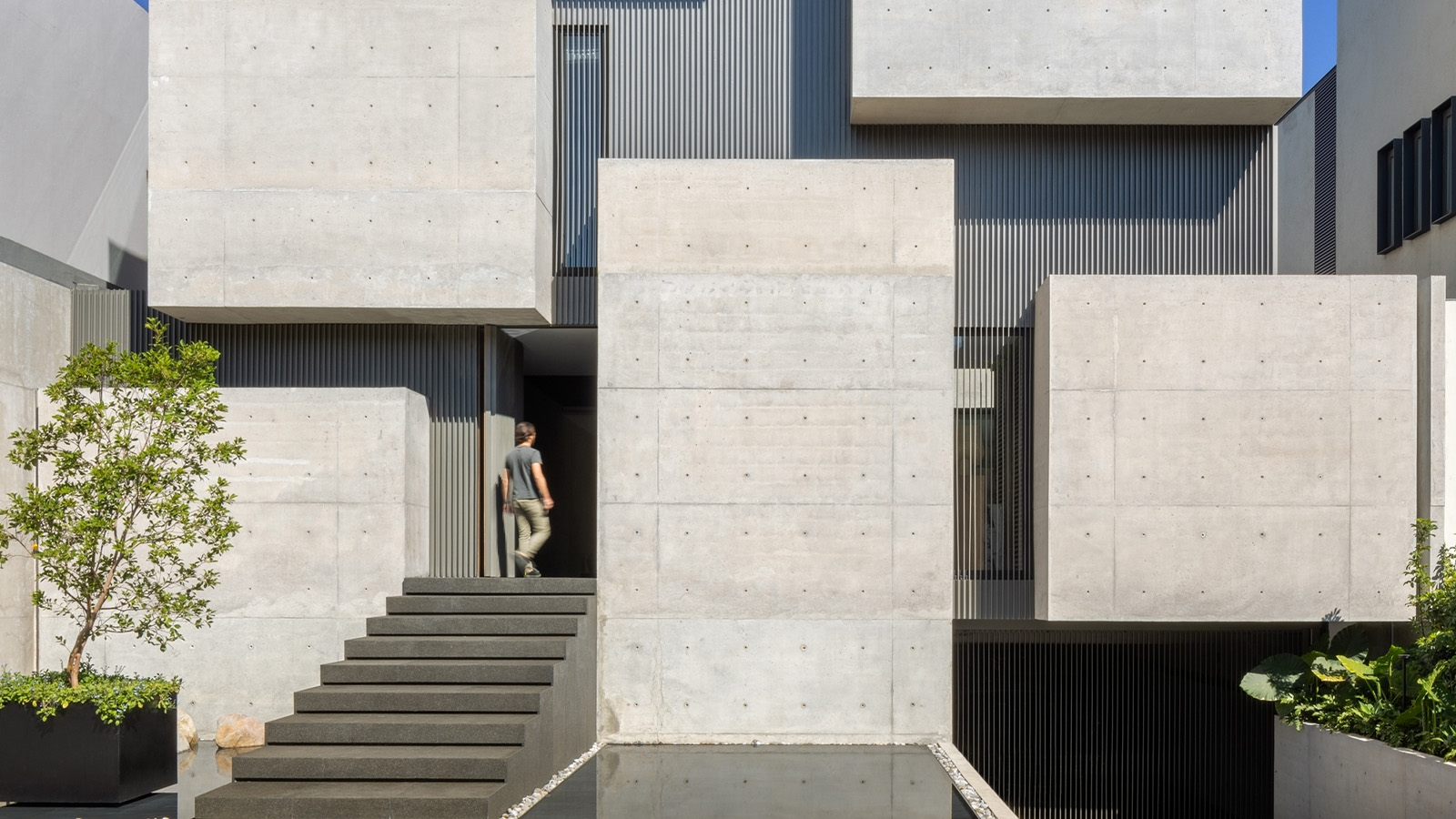 A cubist house rises in Mexico City, its concrete volumes providing a bold urban refuge
A cubist house rises in Mexico City, its concrete volumes providing a bold urban refugeCasa Ailes, a cubist house by Jaime Guzmán Creative Group, is rich in architectural expression that mimics the dramatic and inviting nature of a museum
-
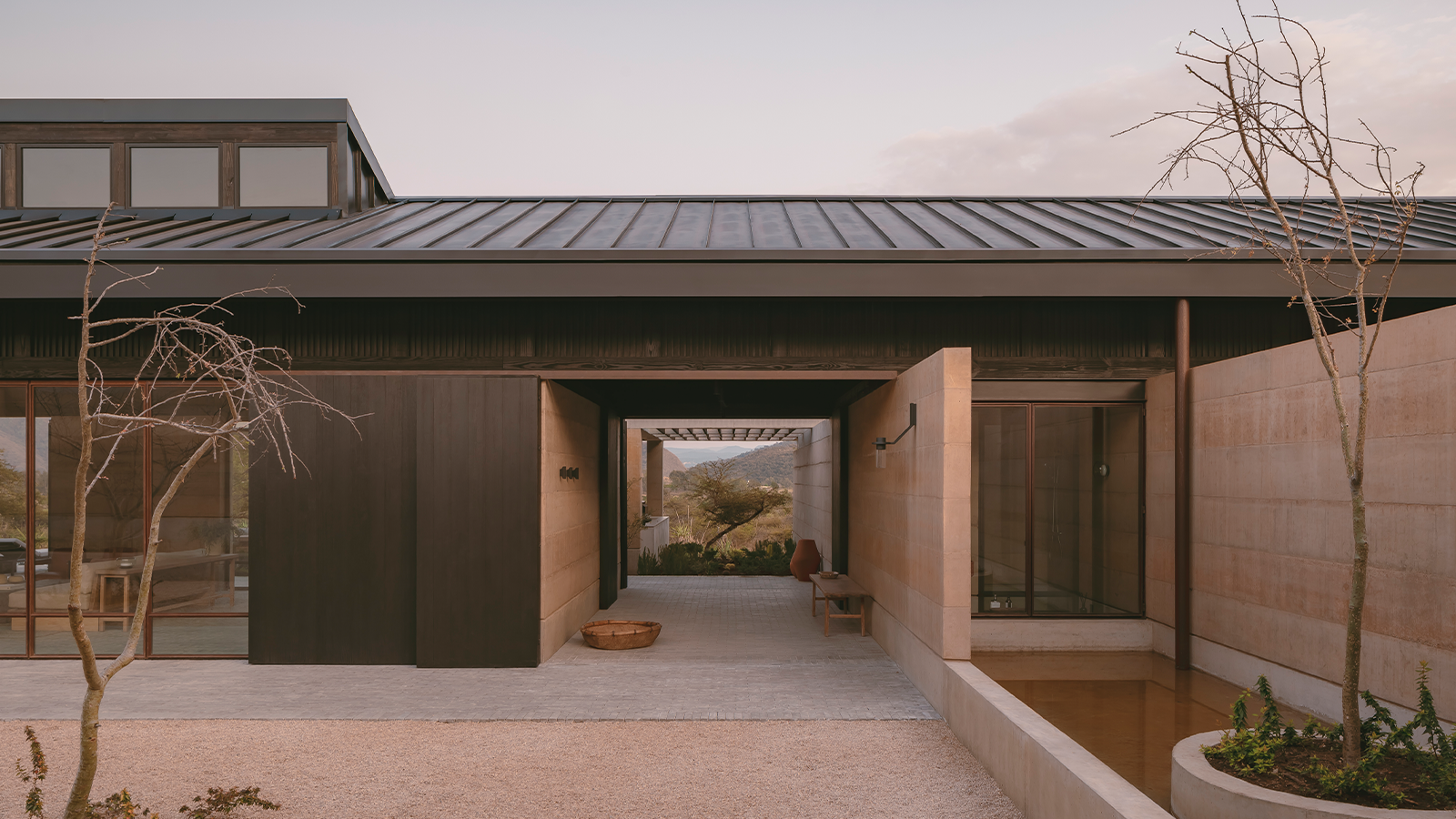 Serenity radiates through this Mexican home, set between two ravines
Serenity radiates through this Mexican home, set between two ravinesOn the cusp of a lakeside town, Mexican home Casa el Espino is a single-storey residence by Soler Orozco Arquitectos (SOA)
-
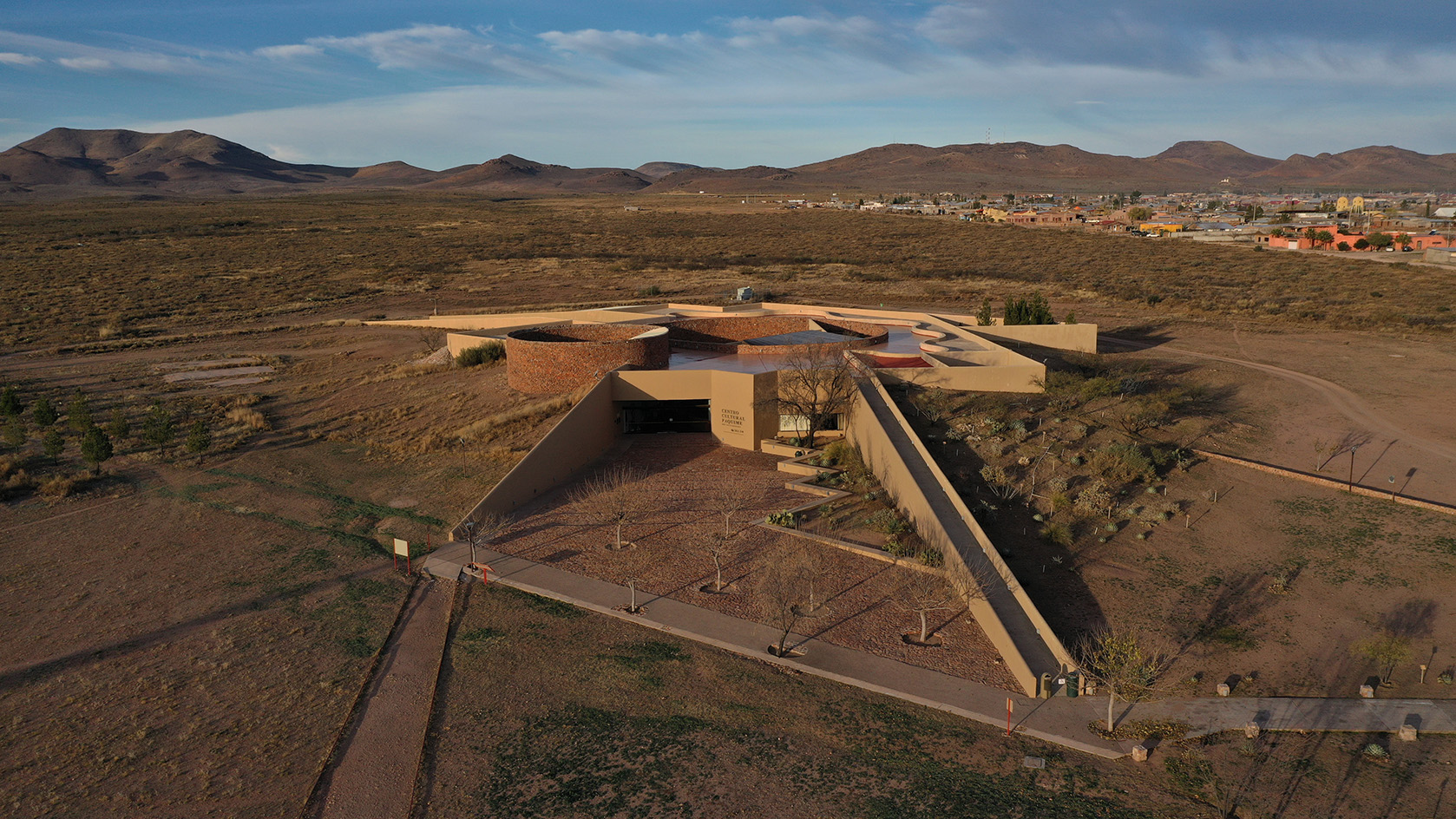 Mexican landscape architect Mario Schjetnan's Grupo de Diseño wins 2025 Oberlander Prize
Mexican landscape architect Mario Schjetnan's Grupo de Diseño wins 2025 Oberlander PrizeThe 2025 Oberlander Prize goes to Mexican landscape architect Mario Schjetnan and his studio, Grupo de Diseño, highlighting the creative's motto: 'We have a human right to open space'
-
 The Architecture Edit: Wallpaper’s houses of the month
The Architecture Edit: Wallpaper’s houses of the monthThis September, Wallpaper highlighted a striking mix of architecture – from iconic modernist homes newly up for sale to the dramatic transformation of a crumbling Scottish cottage. These are the projects that caught our eye
-
 A Mexican clifftop retreat offers both drama, and a sense of place
A Mexican clifftop retreat offers both drama, and a sense of placeCasa Piscina del cielo, a clifftop retreat by Zozaya Arquitectos, creates the perfect blend of drama and cosiness on Mexico's Pacific Coast
-
 Broken up into six pavilions, this brutalist Mexican house is embedded in the landscape
Broken up into six pavilions, this brutalist Mexican house is embedded in the landscapeSordo Madaleno’s brutalist Mexican house, Rancho del Bosque, is divided up into a series of pavilions to preserve the character of its hillside site, combining concrete, curves and far-reaching views
-
 The Architecture Edit: Wallpaper’s houses of the month
The Architecture Edit: Wallpaper’s houses of the monthWallpaper* has spotlighted an array of remarkable architecture in the past month – from a pink desert home to structures that appears to float above the ground. These are the houses and buildings that most captured our attention in August 2025
-
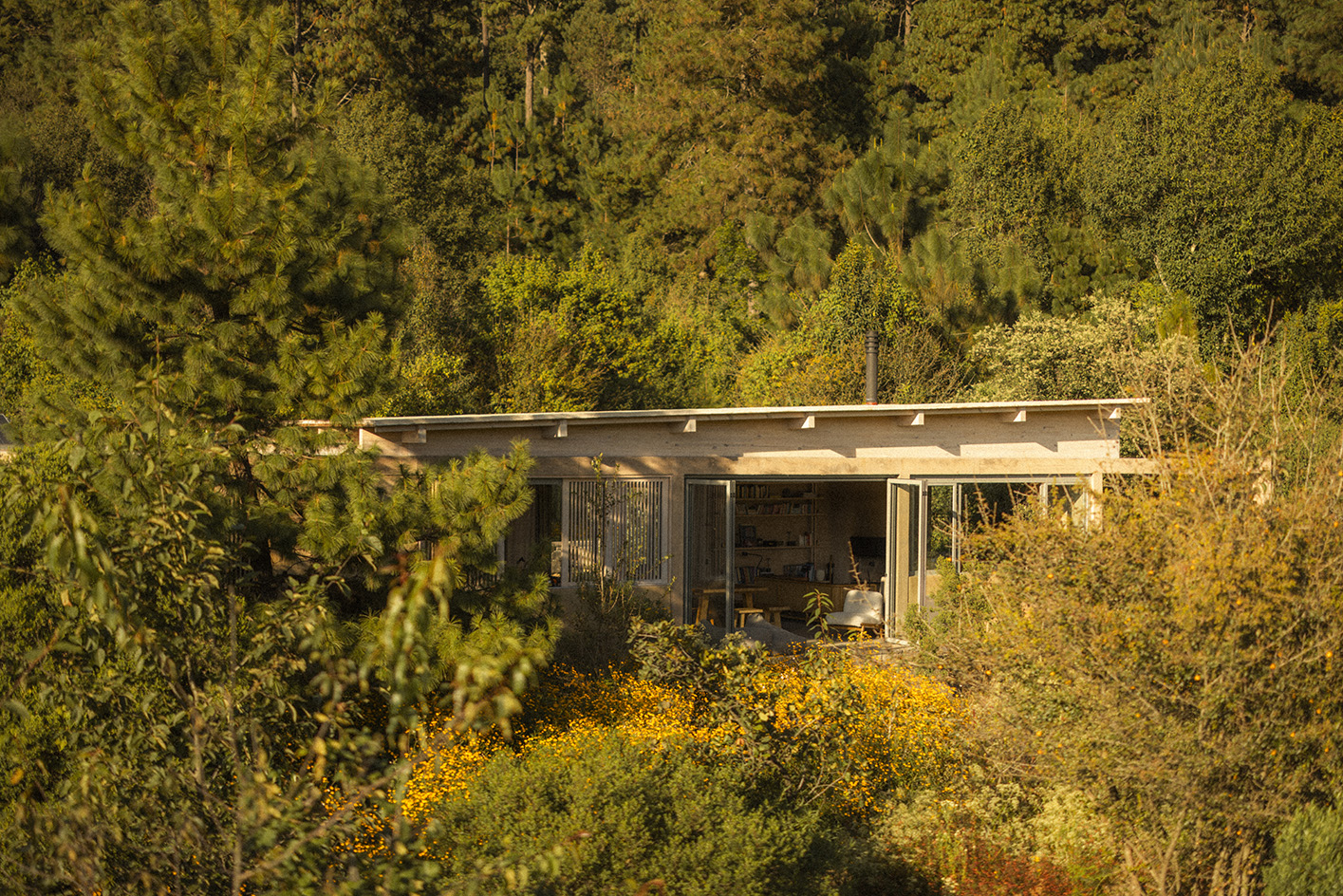 Estudio Ome on how the goal of its landscapes ‘is to provoke, even through a subtle detail, an experience’
Estudio Ome on how the goal of its landscapes ‘is to provoke, even through a subtle detail, an experience’The Mexico City-based practice explores landscape architecture in Mexico, France and beyond, seeking to unite ‘art and ecology’